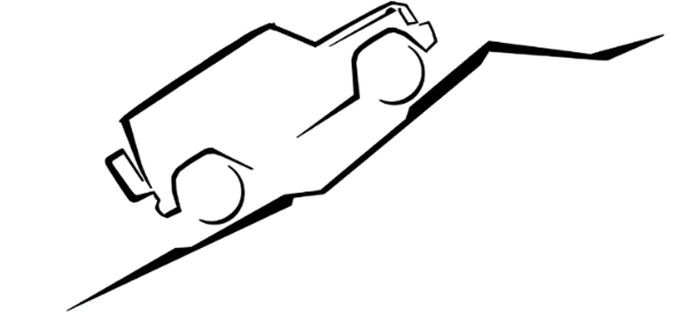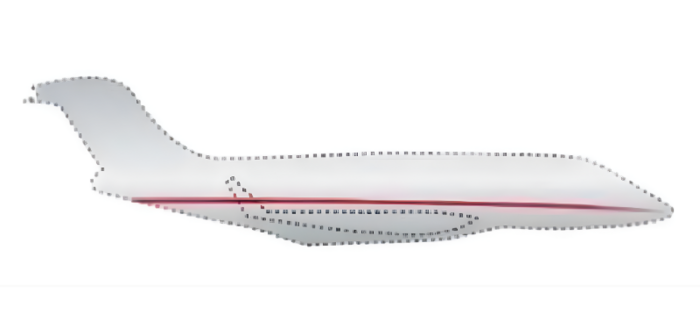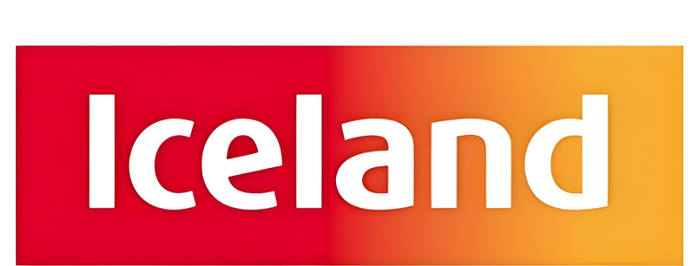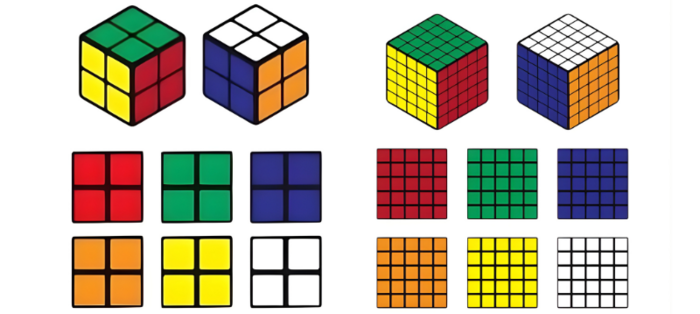
Five key 2025 trademark judgments from the EU General Court
Since Article 58a of the Statute of the Court of Justice of the European Union (ECJ) came into force on May 1, 2019, to relieve judicial duplication, the General Court (GC) of the European Union has solidified its role as the final decision-maker in almost all trademark appeals for which it is competent.
The GC publishes approximately 300 judgments in European Union trademark (EUTM) cases each year, arising from opposition and cancellation actions at the European Union Intellectual Property Office (EUIPO).
These judgments cover topics such as distinctiveness, likelihood of confusion, bad faith and genuine use. Here, we examine five thought-provoking rulings on absolute grounds of refusals from the first seven months of 2025, which are likely to be of interest to trademark practitioners in Europe.
Distinctiveness of color combinations
Case T-38/24: OMV AG
In a judgment on June 11, 2025, the GC upheld a finding that an international trademark registration for a blue-green color combination designating the EU was devoid of distinctive character under Article 7(1)(b).

Founded in 1956, shortly after the re-establishment of an independent Austria, Österreichische Mineralölverwaltung Aktiengesellschaft (OMV) operates in the fields of chemicals, energy, fuels and feedstock.
OMV had applied to register the mark for various goods and services in classes 1, 4, 35 and 37. When assessing the distinctiveness of a color-combination trademark, it is essential to consider all applicable factors, particularly the arrangement of the colors within the mark and the prevailing market practices in the relevant industry.
Hence, the GC noted that to be registrable, a color combination "must contain elements capable of distinguishing it from other colour combinations and of attracting the consumer's attention."
The Board of Appeal had previously found that green and blue were both commonly used to represent the environment.
Bearing out that determination, the court ruled that "even though the colours blue and green may convey meanings not related to ecology or the environment, that does not alter the fact that the mark applied for is incapable of conveying specific information concerning the origin of the goods and services at issue."
Distinctiveness of figurative marks
Case T-400/24: Mercedes-Benz Group AG
On March 19, 2025, the GC upheld a finding that a figurative EUTM application filed by Mercedes-Benz lacked distinctive character under Article 7(1)(b) for "motor vehicles and parts thereof; pneumatic tyres and wheels" in class 12.

The Mercedes-Benz Group is no stranger to Intellectual Property (IP), boasting a portfolio of over 35,800 trademark registrations and more than 7,800 protected designs worldwide.
The court delivered that the EUIPO Board of Appeal had rightly ascertained that the mark applied for corresponded to a "usual representation of an all-terrain vehicle climbing a hill," and did not contain any message or element likely to be remembered by the consumer as a reference to the commercial origin of the goods concerned.
The judgment affirms the EUIPO's strict approach to differentiability for figurative marks and reiterates that for marks comprising the image or outline of a product, distinctiveness arises only when the mark departs significantly from industry norms or expectations.
Distinctiveness of position marks
Case T‑195/24: VistaJet ltd.
In the VistaJet ruling of February 5, 2025, the GC maintained that an EUTM application for a position mark running nose to tail along the center of an airplane's fuselage was devoid of any distinctive character within the meaning of Article 7(1)(b).

Headquartered in Malta, VistaJet is a business aviation company operating private charter flights. To date, its planes have visited over 2,400 airports.
The description of the applied-for mark detailed a horizontal red stripe on a silver fuselage, passing above the wings. The application covered services such as air transport by means of private aircraft and transport of passengers and/or goods by air by means of private aircraft in class 39.
Confirming the Board of Appeal's decision, the court resolved that "in the absence of elements capable of distinguishing it in such a way that it does not appear as a simple geometrical figure, the red line cannot fulfil an identifying function with respect to the services in question."
The court remarked that though the color red is highly noticeable, striking and commonly used for decorative or attention-grabbing purposes, this inherent quality worked against its distinctive character.
Similarly, the silver fuselage did not stand out sufficiently from the color white, which is conventionally used in aviation.
Consequently, the mark did not depart significantly from the norms or customs of the sector to reach the required level of distinctive character. Position marks are characterized by the specific way in which the mark is placed or affixed on the goods and must be represented by a reproduction showing its situation and size or proportion in relation to the product.
However, they remain rare in Europe: as of July 2025, just 634 had been filed, representing 0.02% of all EUTM applications.
Descriptive characters of geographical terms
Cases T105/23 and T-106/23: Iceland Foods Ltd
The GC upheld the decision of the EUIPO Grand Board of Appeal in two cases concerning word and figurative EUTMs incorporating the word "Iceland."
The marks were registered for a range of goods and services by Iceland Foods, a British supermarket chain.

The GC's decision this summer brought to a close a long winter of trademark discontent that had persisted between a UK retailer and a Scandinavian nation since 2016.
In 2016, Promote Iceland, a marketing agency under the Icelandic Ministry for Foreign Affairs, filed an application to invalidate the marks, which was upheld by the EUIPO Cancellation Division and by the Grand Board of Appeal.
In its T-105/23 judgment, published on July 16, 2025, the GC stated that a sign may be refused registration on the basis that it is descriptive under Article 7(1)(c) of Regulation No. 40/94 (now Article 7(1)(c) of Regulation (EU) 2017/1001) if the geographical name applied for is associated in the mind of the relevant public with the category of goods and services at hand, or it is reasonable to assume that such an association may come to be.
To establish whether or not this applies, account must be taken of all the pertinent circumstances "such as the nature of the goods or services designated, the greater or lesser reputation, especially within the economic sector involved, of the geographical location in question and the relevant public's greater or lesser familiarity with it, the customs obtaining in the area of activity concerned and the question to what extent the geographical origin of the goods or services at issue may be relevant, in the view of the persons concerned, to the assessment of the quality or other characteristics of the goods or services concerned."
The court concluded that, for each of the goods and services covered, the marks had a descriptive character.
Together with that of T-106/23, the judgment affirmed the decisiveness of assessing in detail how the class of persons in point would perceive trademarks that include or comprise geographical terms.
Essential characteristics of a shape mark
Cases T-1170/23, T-1171/23, T-1172/23 and T-1173/23: Spin Master Toys UK Ltd
In four cases, the GC upheld decisions that EUTMs for the shape of the Rubik's Cube were invalid for "toys, games, playthings and jigsaw puzzles, three dimensional puzzles; electronic games; hand-held electronic games" in class 28 and for certain services in classes 35 and 41 on the ground that they had been registered contrary to Article 7(1)(e)(ii) of Regulation (EU) 2017/1001.

The Rubik's Cube was invented by the eponymous Ernő Rubik in 1974. The Hungarian architect created his famous invention as a teaching aid to inspire his students' thinking of spatial relationships and geometry.
This precludes the registration of signs that consist exclusively of the shape of goods necessary to obtain a technical result.
This exclusion applies if all the "essential characteristics" of the shape are functional after this fashion.
The court held that the six colors on the faces of the cube and their "specific arrangement" did not constitute an essential characteristic of the mark as they were "of minor and secondary importance in relation to the cube shape, the grid structure and the differentiation of the faces of the cube, namely the fact that those faces are distinguishable."
The court also found that the concept of "shape" in Article 7(1)(e) (ii) should not be interpreted "in an excessively narrow manner."
Given that the mark was registered as a shape mark, the court concluded: "the third essential characteristic of that mark, namely the differentiation of the small squares on each face of the cube by means of six basic colours […] is inherent in and inseparable from the shape represented and […] forms an integral part of that shape."
The opinion across the four cases follows a 2016 ECJ judgment (Case C-30/15 P) finding that a trademark for the shape of the Rubik's Cube (without colors) was invalid.
A version of this article first appeared in WIPR, Issue 2, 2025.
Filed in

International brand owners in China need to be aware of new measures to address the abuse of the trademark system

Discover how counterfeiting takes advantage of social media trends and how Intellectual Property rights help brands reclaim their authenticity.



